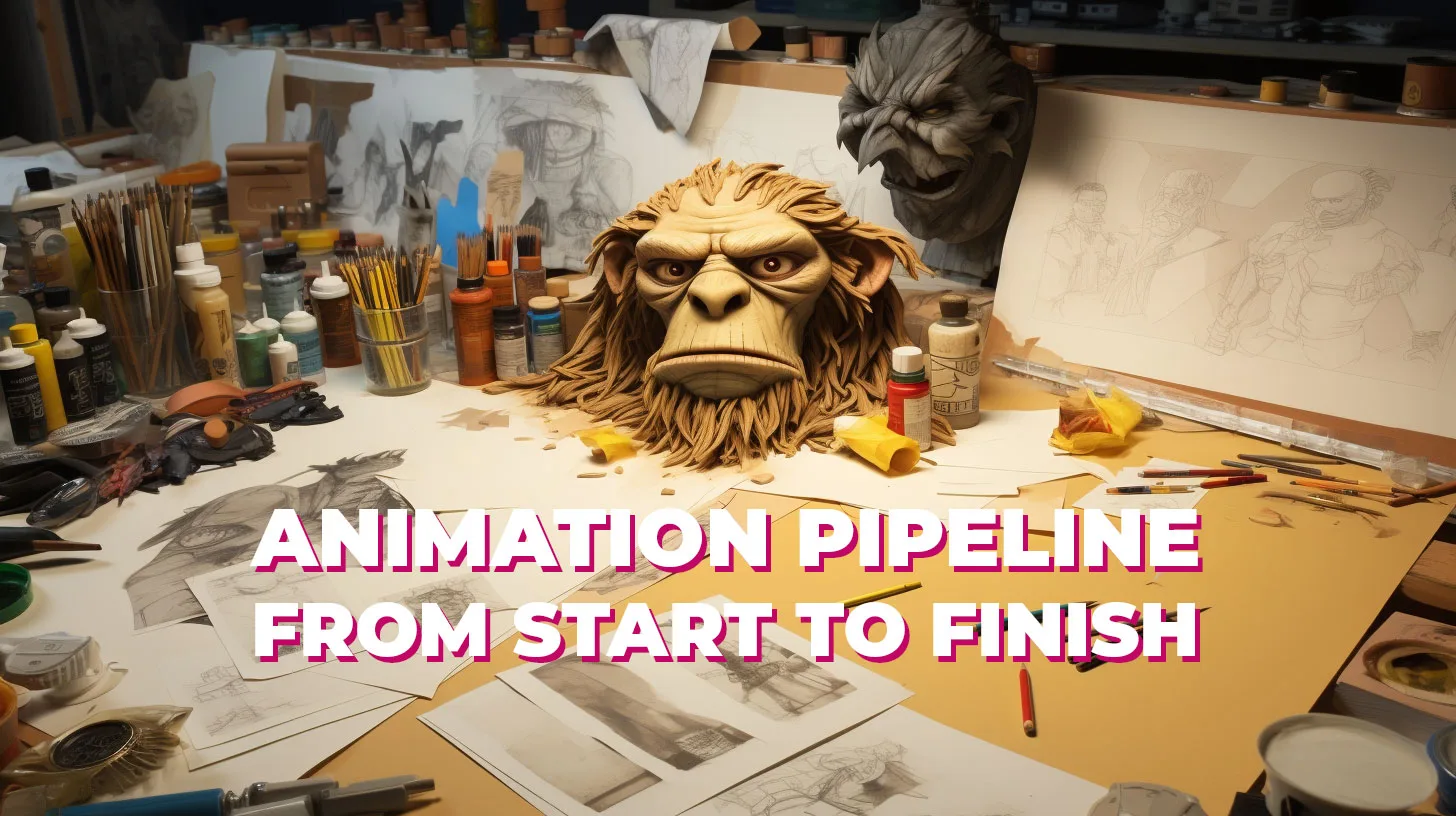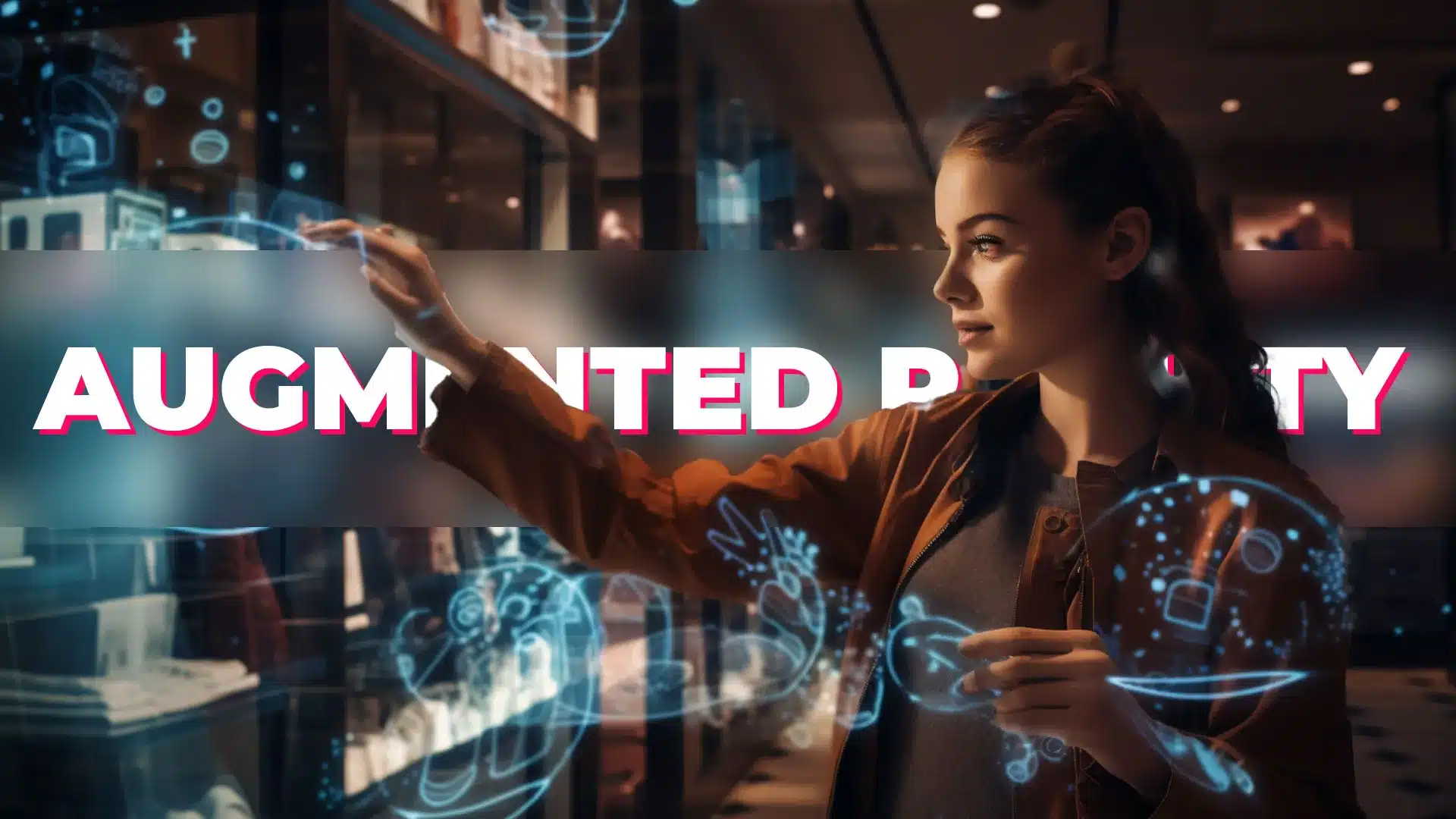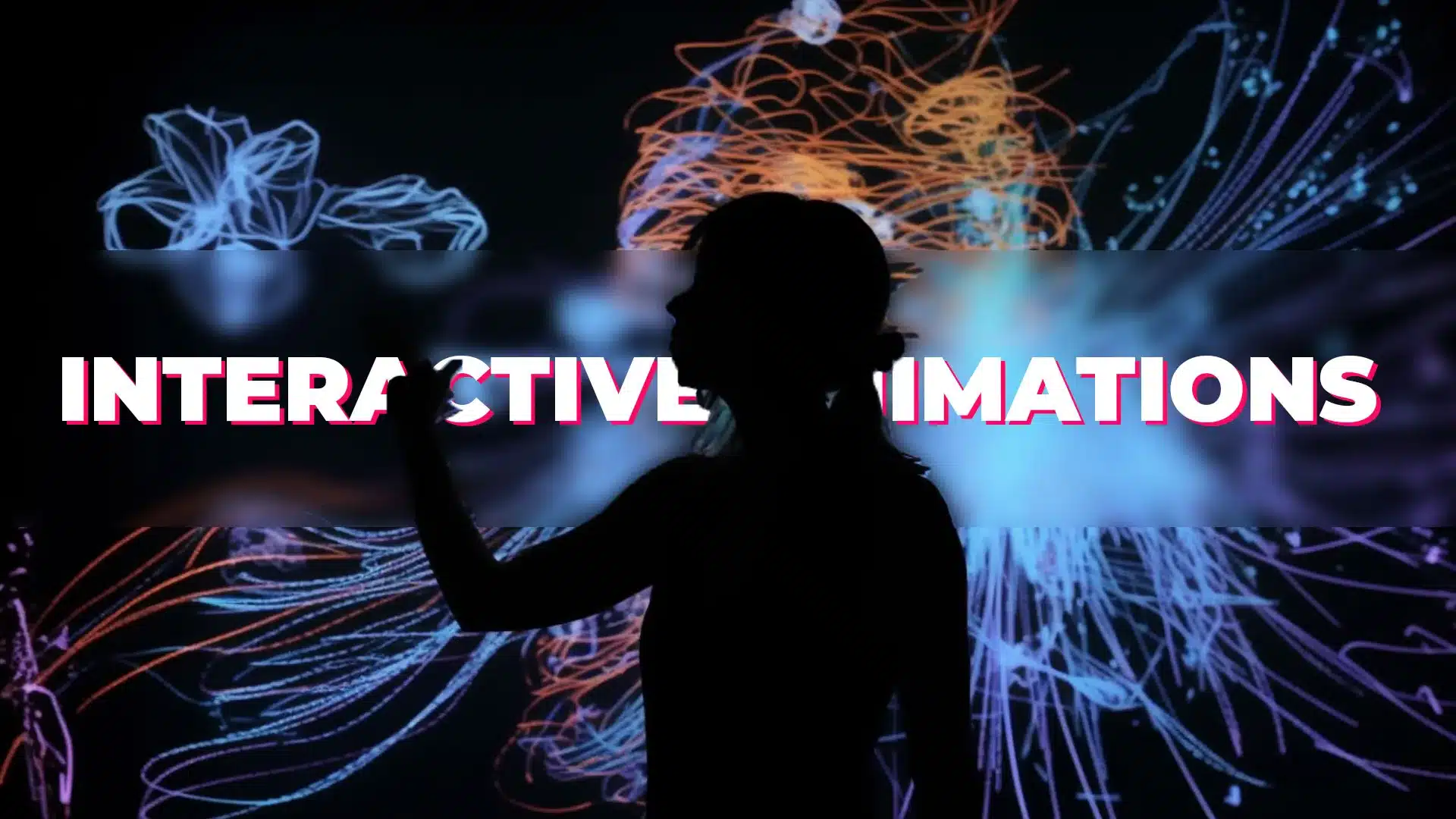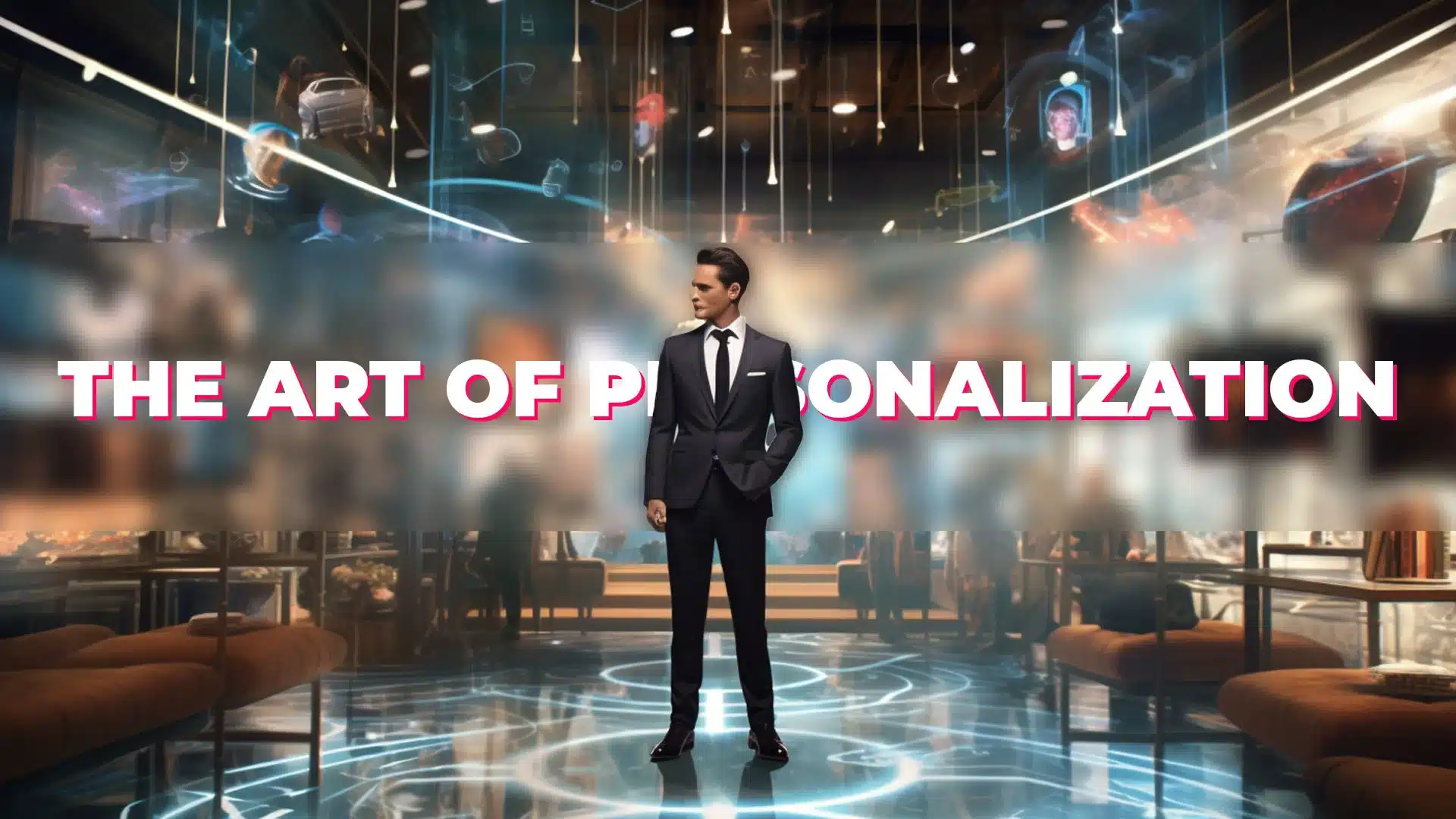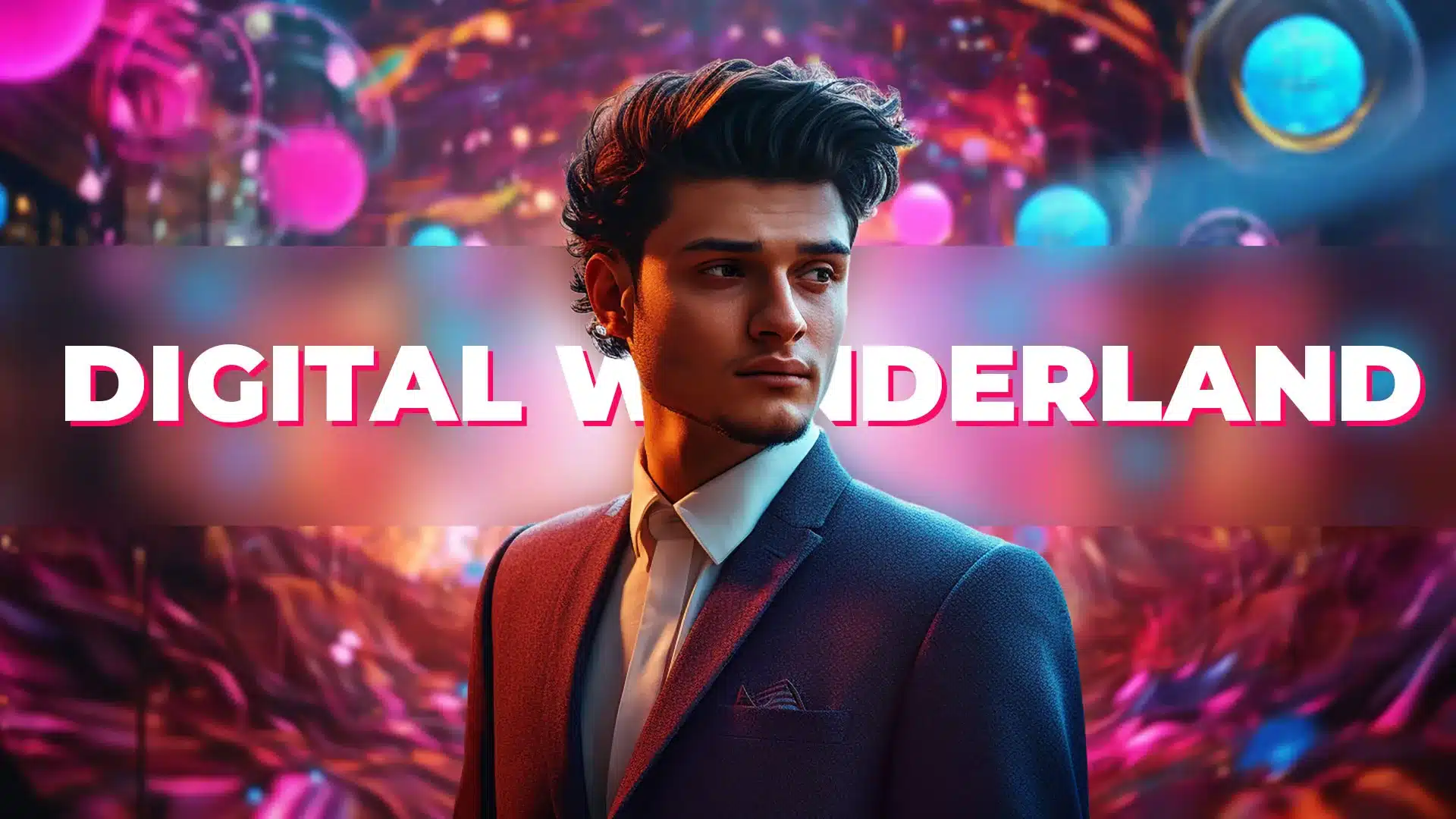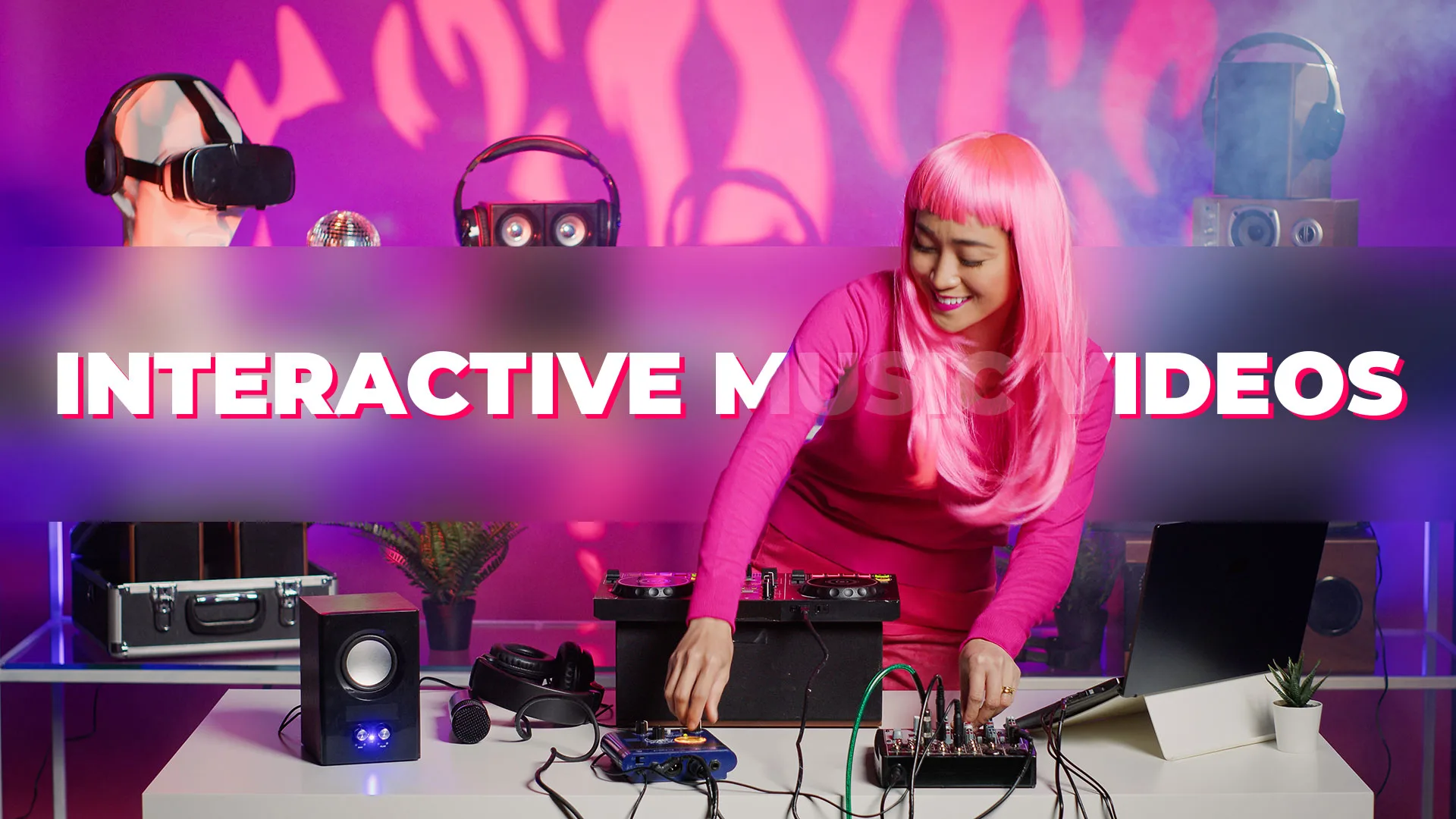Introduction:
In the world of animation, the creation of captivating and visually stunning 3D animations requires a well-defined pipeline that takes a concept from its initial stages to the final polished product. This blog post will guide you through the intricate process of the 3D animation pipeline, providing insights into each stage and highlighting the role of our company, AddVideos, in bringing your visions to life.
1. Conceptualization and Pre-Production:
The first step in the 3D animation pipeline is the conceptualization phase. This involves brainstorming ideas, developing a storyline, and creating concept art to visualize the intended animation. Our team at AddVideos works closely with clients to understand their vision and objectives, helping to refine concepts and lay a solid foundation for the project.
2. Storyboarding and Animatics:
Once the concept is solidified, the next stage involves storyboarding and creating animatics. Storyboards act as a visual blueprint, showcasing key scenes and transitions. Animatics, on the other hand, provide a rough representation of the animation’s timing and pacing. Our experienced team collaborates with clients to create compelling storyboards and animatics, ensuring a clear vision for the animation.
3. 3D Modeling and Texturing:
In this stage, the characters, objects, and environments in the animation are brought to life through 3D modeling. Our skilled artists at AddVideos meticulously craft detailed 3D models, paying attention to every intricate detail. Texturing is then applied to add realistic surfaces and materials, breathing life into the models and enhancing their visual appeal.
4. Rigging and Animation:
Rigging is the process of creating a skeletal structure for the 3D models, allowing them to move and be animated. Skilled riggers at AddVideos build intricate rigs that enable fluid movements and realistic performances. Animation brings the characters to life, as animators create believable movements, expressions, and actions, ensuring a captivating and immersive experience for the audience.
5. Lighting and Rendering
The lighting and rendering stage focuses on setting the mood, atmosphere, and visual aesthetics of the animation. Our team at AddVideos strategically places lights, adjusts their intensity, and fine-tunes the shadows to create the desired ambiance. Rendering, the process of generating the final image or sequence, transforms the 3D scene into a visually stunning masterpiece, ready for presentation.
6. Special Effects and Compositing:
Special effects, such as particle simulations, fluid dynamics, and dynamic simulations, add an extra layer of visual impact to the animation. These effects bring elements like explosions, fire, water, and magical phenomena to life, elevating the overall visual experience. Compositing then combines different elements, layers, and effects into a seamless final composition, ensuring a cohesive and polished look.
7. Sound Design and Post-Production:
Sound design plays a vital role in enhancing the immersive experience of the animation. Our team at AddVideos collaborates with talented sound designers to create custom sound effects, background music, and voiceovers that complement the visuals, evoking emotions and adding depth to the storytelling. Post-production involves finalizing the animation, fine-tuning details, and ensuring overall quality and coherence.
Conclusion:
The 3D animation pipeline is a complex yet rewarding journey that transforms ideas into captivating visual experiences. At AddVideos, we pride ourselves on our expertise in each stage of the pipeline, from conceptualization to post-production. By understanding and leveraging the power of the 3D animation pipeline, you can bring your visions to life, captivate audiences, and leave a lasting impression. Trust AddVideos to be your partner in turning your dreams into stunning 3D animated realities.

